Basic Synth 3: VCA
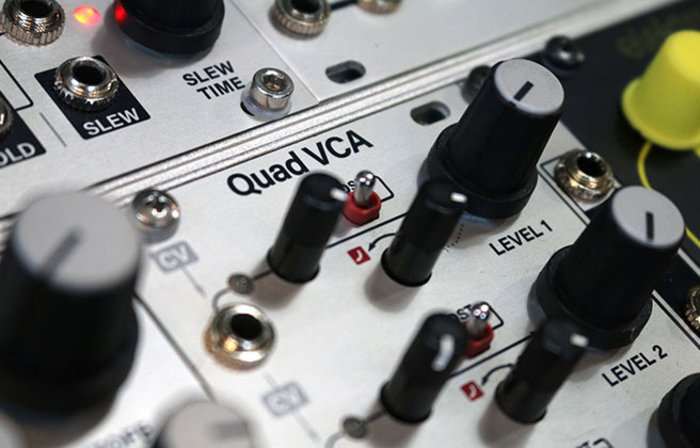
So far in our Basic Synth series, we’ve talked about oscillators and filters as we move towards the end of our journey down the audio path. There’s one final module in this category that I’d like to talk about which many consider it to be the breath and life of any system - the VCA (which stands for VOLTAGE-CONTROLLED AMPLIFIER).
The VCA is used for so many purposes within a modular patch that it would be impossible to mention them all. In their most basic function, they dynamically attenuate and amplify incoming signals.

(Image courtesy of Bob Moog Foundation)
In keyboard synthesizers, VCAs are used to keep the oscillators from constantly droning - In the modular world, they are the ones that create silence between successive notes. In this context, the oscillator is the sound source, the filter controls the timbre or tone, and the VCA controls the amplitude or loudness.
It’s true, however, that VCAs aren't only used for audio amplitude control. They can also be used to dynamically attenuate or amplify control voltage signals. For instance, the oscillator of a traditional synth voice patch can be patched to have vibrato fade in over time. All this would take is an additional LFO signal patched through a VCA to the oscillator’s FM input. Changing the level parameter of the VCA would dynamically increase the amount of the LFO signal patched to the oscillator.
As the old saying goes, “You can never have enough VCAs.”
Amplitude Modulation
Amplitude modulation is exactly what it sounds like, it’s the dynamic altering of signal amplitude. Amplitude can be modulated in two different ranges - control rate (by means of an envelope generator, LFO, or stepped voltage) and audio rate (by means of an oscillator or other sound source).
In the context of the keyboard synthesizer that we talked about earlier, pressing a key on the keyboard generates a gate signal that triggers (and probably sustains) an envelope generator. The envelope generator then outputs a continuous control voltage signal that modulates the amplitude of the oscillator’s signal passing through the VCA.
Amplitude modulation at audio rate is a whole different beast. Imagine dynamically altering the amplitude of an oscillator (called the carrier) with the waveform, frequency, and amplitude of another oscillator (called the modulator). This is actually multiplying two audio rate oscillators together. When patched with a VCA some leakage of the modulator signal is heard at the output, increasing the inharmonic quality of the final signal. When performed with a Ring Modulator, however, only the sum and difference frequencies of the carrier and modulator are heard, and the original frequencies are blocked from the final output.
We could do an entire post on amplitude modulation, so I’ll leave the rest of the discussion for another time!
VCA Parameters
Unity Gain: Unity gain (the original amplitude) of the incoming signal is usually found when +5V is patched to the CV input of the VCA.
Level: The level control sets the amplitude of the incoming signal without the use of dynamic control voltage.
CV Input: The CV input sets the amplitude of the incoming CV signal that modulates the level parameter.
CV Inputs will sometimes have corresponding CV attenuators which affect the amount of modulation the control signal has on the level of the VCA. This is great if you want to modulate the amplitude from a starting point above 0V like the following:
KOMA Elektronik Dual Discrete VCA
WMD/SSF Amplitude
Other VCAs have a single knob that changes from a level control (when no external CV isn’t connected to the CV input) to a CV attenuator (when external CV is connected to the CV input) like the following:
Response Curve: Some VCAs have a response curve parameters that smoothly morphs the response curve of the VCA from linear to exponential.
Examples of VCAs with a response curve parameter:
Instruo vinca
Intellijel Quad VCA
Mutable Instruments Veils
Ring Modulator Parameters:
Carrier Input: The carrier input is the input for oscillator 1.
Modulation Input: The modulator input is the input for oscillator 2.
Depth of Modulation: The depth of modulation knob sets the amplitude of the modulator signal, which sets the depth of modulation for the carrier signal.
Examples of Ring/Cross Modulators:
Make Noise modDemix
Mutable Instruments Warps
Thanks again for checking out our blog and learning modular synthesis with us!
Feel free to comment with any questions, ideas, or opinions!
Next article in the Basic Synth series: Basic Synth 4: LFOs, Envelopes, and Random Voltage
 All Modular Brands
All Modular Brands
 All Patch Cables
All Patch Cables
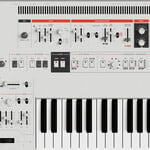 Synthesizers
Synthesizers
 Controllers
Controllers
 Drum Machines
Drum Machines
 Sequencers
Sequencers
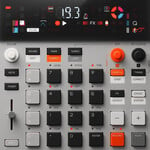 Samplers
Samplers
 Soundmakers
Soundmakers
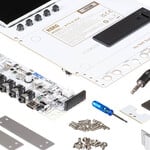 DIY
DIY
 Effects
Effects
 Cables
Cables
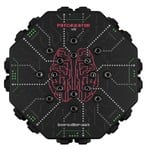 Audio/MIDI
Audio/MIDI
 Video
Video
 Music/Media/Gifts
Music/Media/Gifts
 Accessories
Accessories
 Used
Used
 Vintage
Vintage
 DEALS
DEALS
 Modular
Modular
 Synthesizers
Synthesizers
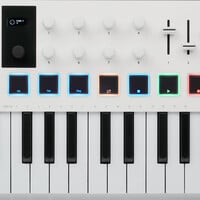 Controllers
Controllers
 Drum Machines
Drum Machines
 Sequencers
Sequencers
 Samplers
Samplers
 Soundmakers
Soundmakers
 DIY
DIY
 Effects
Effects
 Cables
Cables
 Audio/MIDI
Audio/MIDI
 Video
Video
 Music/Media/Gifts
Music/Media/Gifts
 Accessories
Accessories
 Used
Used
 Vintage
Vintage
 DEALS
DEALS


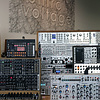
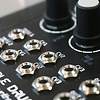
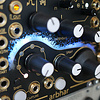
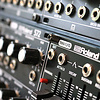
Comments